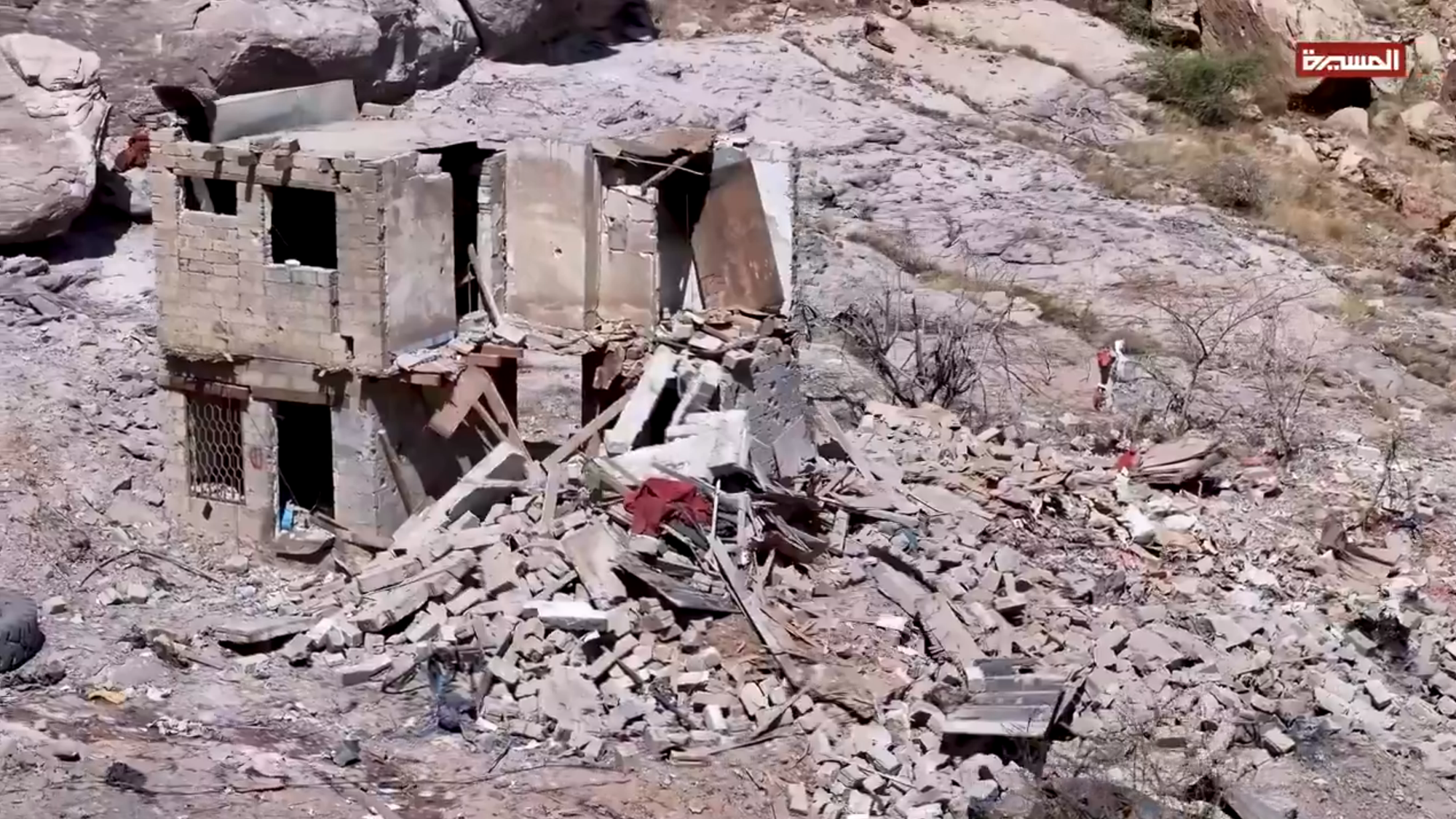U.S. Central Command, the part of the Pentagon that oversees its wars in the Middle East, denies that the United States military bombed a target in Yemen based on posts on X from an anonymous open source intelligence account which identified it as a Houthi base before the bombing and apologized for their posts after local news reports said civilians died in the bombing.
A defense official declined to say whether it was the U.S. that bombed the target, but said that the military does not use information posted by open-source intelligence accounts on social media to select targets. The defense official said CENTCOM uses detailed and comprehensive intelligence to conduct strikes against the Houthis. It’s common for the U.S. to kill civilians in airstrikes, and it has done so several times in Yemen. On Monday, for example, Reuters reported it killed dozens of people when it combed a detention center for African migrants.
The gathering and posting of open source intelligence about war zones on X and other social media platforms has become a popular, and lucrative, pastime. In the oceans of OSINT accounts on X there are people who know what they are doing, and then there are countless frauds and hundreds of amateurs.
